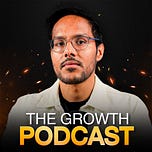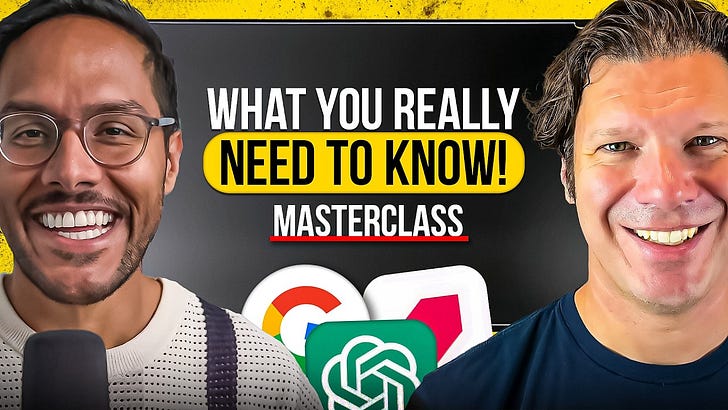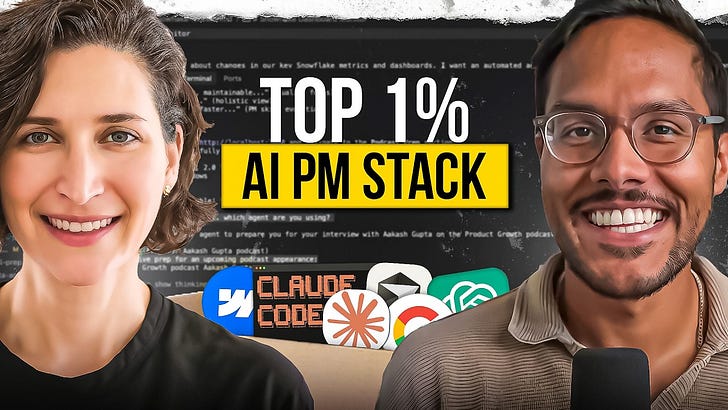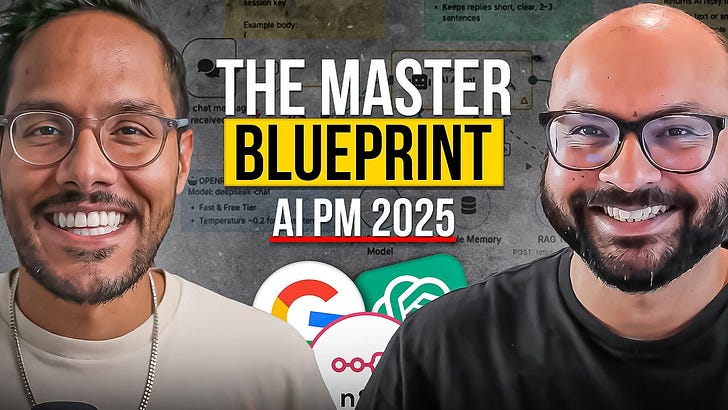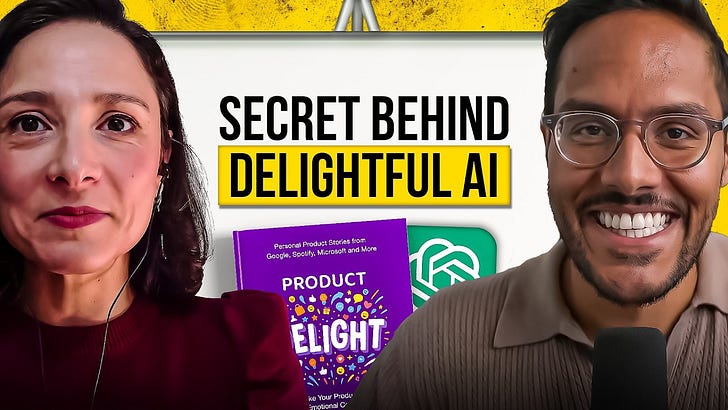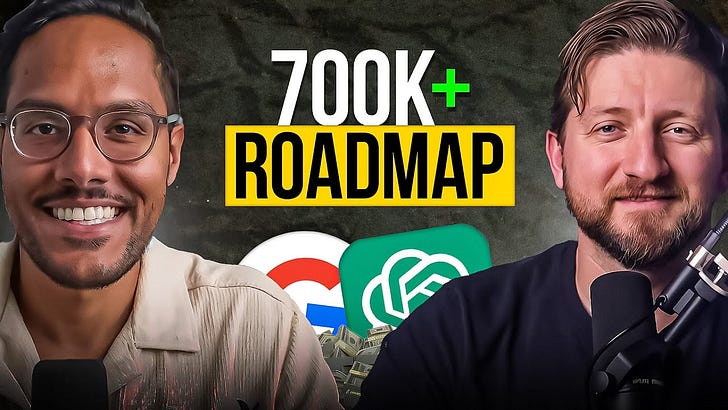Check it out on Apple, Spotify, or YouTube.
Kate runs a 3-week live course User-Centric Product-Led Growth. Use code AAKASHxMAVEN for $100 off.
And thanks to our sponsors:
WorkOS: Your App, Enterprise Ready
Amplitude: Try their 2-minute assessment of your company’s digital maturity
Today’s Episode
This might be the first time someone walks you through how top products actually design flows that convert.
Kate Syuma led growth design at Miro as it scaled to 20M+ users.
In this episode, she breaks down 25 real product flows from the world’s best teams — Dropbox, Linear, Notion, Figma, and more.
From websites, signups, upgrade nudges, onboarding templates to sharing triggers, EVERYTHING.
Just crisp UX, real examples, and the psychology behind why they convert.
If you’ve been building in a silo or stuck on “what good looks like,” this is your cheat code.
You’ll learn:
Web Page Breakdown Examples (Starting with Dropbox & Linear – 00:03:30)
Signup Flow Examples (Starting with Figma / FigJam – 00:10:53)
Onboarding Examples (Starting with Canva – 00:21:01)
Sharing & Invitation Flow Examples (Starting with Linear – 00:32:47)
Upgrade Flow Examples (Starting with Riverside – 00:41:07)
Here are the 5 Key Takeaways
1. Websites Aren’t About Looking Pretty!
Most SaaS sites follow the same tired template: headline, subhead, screenshot.
The best ones convert because they do 3 things:
Show the product → Dropbox’s animation immediately makes the value visceral
Let users try it → Rows lets you interact with a live spreadsheet before signup
Guide discovery → Linear uses layered navigation to pull users deeper, step by step
2. Signup Flows Don’t Have to be Boring
Bad signups dump too much, too fast.
Smart ones guide you through it. Like this:
One step at a time → Dropbox and Figma use progressive disclosure
Just 3 clear choices → Figma limits friction with visual use cases
Too much motion kills → Miro learned that too many GIFs hurt completions
3. Onboarding isn’t a Tour
It’s your first impression and it sets the tone.
Here’s what I’ve learned: personalization beats polish.
4 of the best examples:
FigJam: Contextual templates + inline tips based on your use case
Miro: Human-led walkthrough → more clarity, less clutter
Canva: Safe-to-play sandbox → no pressure, just explore
Slack: 4 interactive steps, no fluff
4. Sharing UX is a Make-or-Break for Multiplayer Products
Here’s how top teams use it to convert users into teams:
Default to simple → Linear: just a clean link
Trigger at the right time → Airbnb: right after wishlist creation
Bake it into signup → Loom: early invites = higher activation
5. Behavioral psychology is Massively Underrated
Great product design isn’t just visual, it’s behavioral.
Here are two principles she keeps coming back to:
Visceral delight → Humans feel before they read.
Dropbox’s animation makes you like it before you understand it.Hick’s Law → More choices = more confusion. Limit to 3. Always.
Where to Find Kate
3-Week Maven Course - Use code AAKASHxMAVEN for $100 off.
If you prefer to only get newsletter emails, unsubscribe from podcast emails here.
If you want to advertise in the podcast, email productgrowthppp at gmail.
Up Next
I hope you enjoyed the last episode with Bryan Helmig (where we learned how to draft your email with MCP and AI). Up next, we have episodes with:
David Pereira - Author of Untrapping Product Teams
Dr. Bart Jaworski - Senior PM, 125K+ on LinkedIn
Spenser Skates - CEO and Founder, Amplitude
Finally, check out my latest deep dive if you haven’t yet: How ACTUAL Job Seekers Have Succeeded in this Market
Cheers,
Aakash

